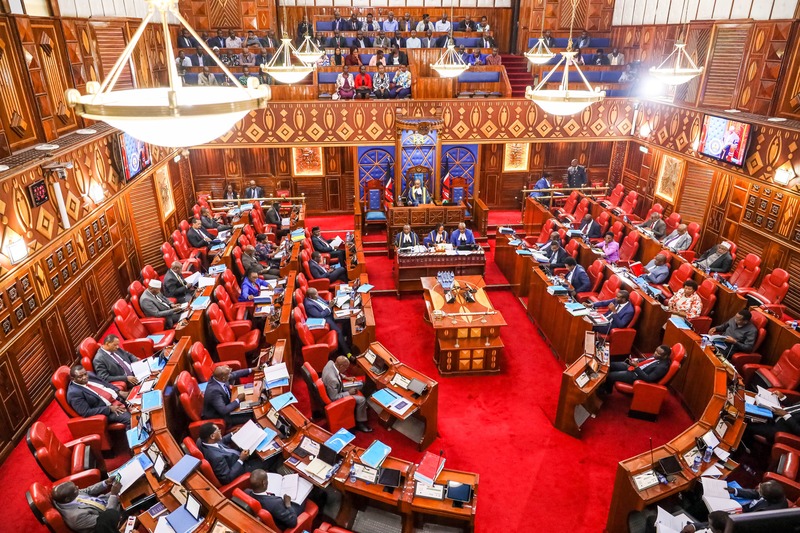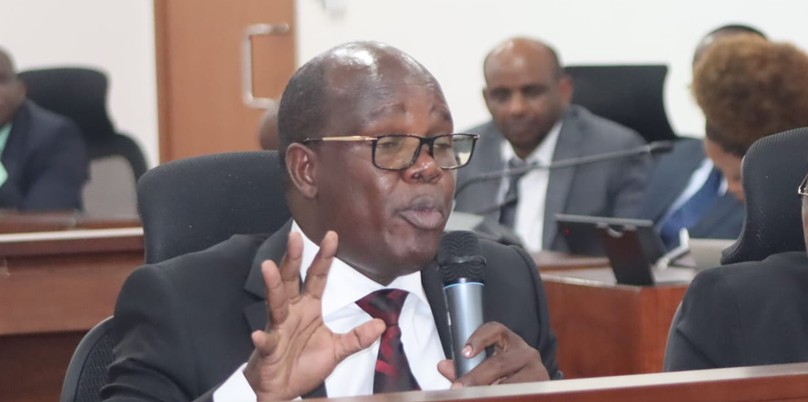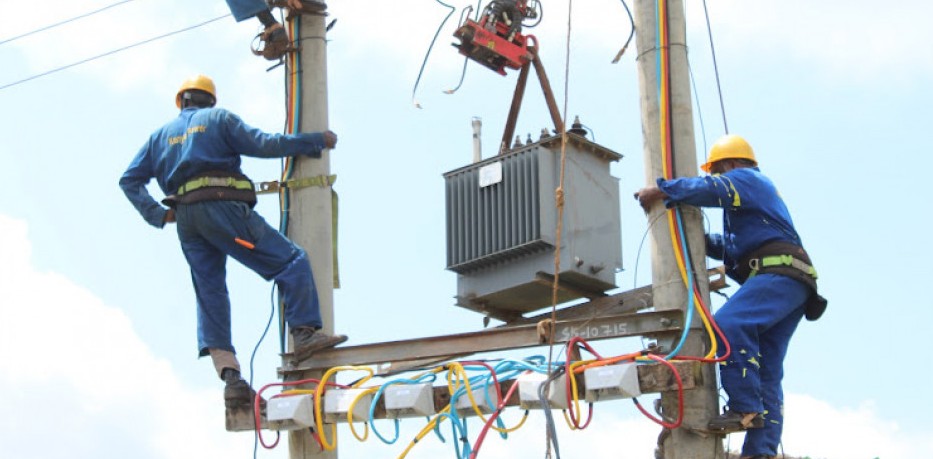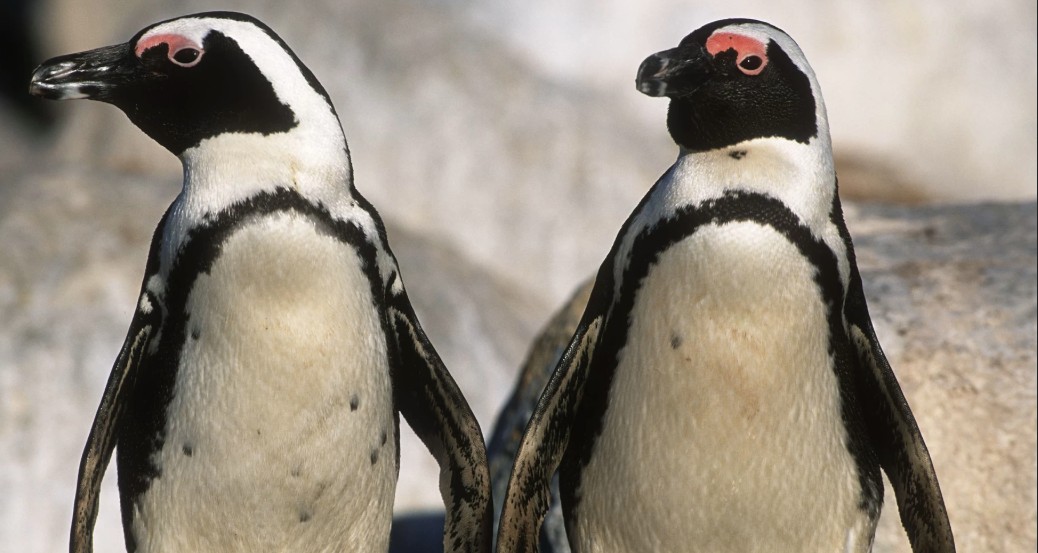Why health promoters need to address hesitant uptake of HPV vaccine
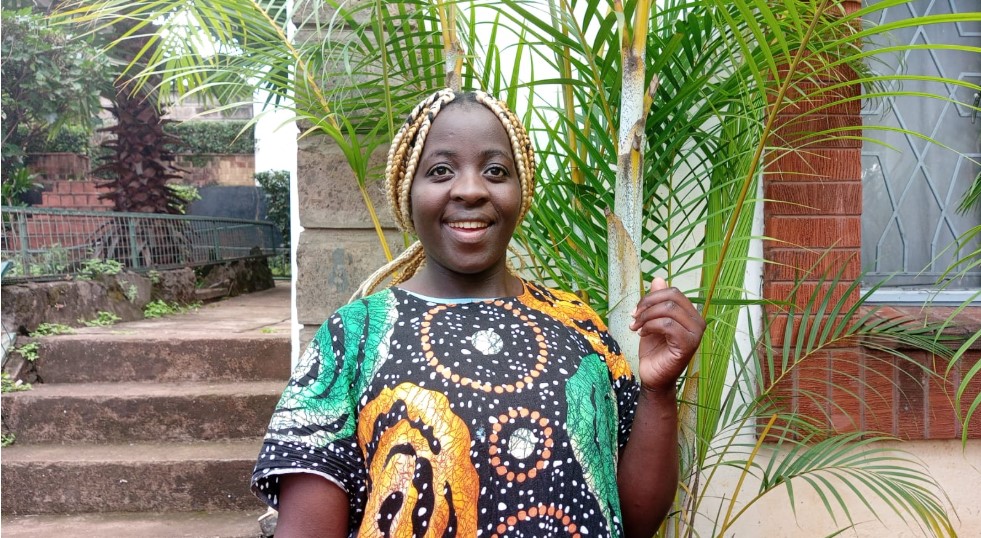
There is no cure for HPV itself, but treatments are available for the conditions it causes.
Cynthia Ochieng, a mother of three with a nine-year-old daughter, remains sceptical about the Human Papillomavirus (HPV) vaccine due to the alarming information she has heard from members of her community who are generally opposed to it.
Although she has heard community health promoters speak about the vaccine, she says she still doesn't fully understand the potential side effects.
More To Read
- Kenya reports progress in HPV vaccination, still short of WHO target
- 10 runners race up Mt Kenya in 10 hours to honour women lost to cervical cancer
- Study shows women under 50 face higher risk of colon growths from ultra-processed foods
- Kamukunji rallies against vaccine myths as leaders take immunisation door-to-door
- Cervical cancer screening in Kenya alarmingly low with only 1 in 4 women tested
- Study reveals why colorectal cancer resists immunotherapy
"No parent wants to subject their child to something when they don't know how it will affect them. I've heard that the vaccine might make them sterile, and they may not have children in the future. I wouldn't want my daughter to blame me for that later on,” Ochieng says.
She is deeply hesitant to allow her daughter to receive the HPV vaccine because of her concerns about potential side effects that are not fully understood. Specifically, she fears that the vaccine could lead to infertility, a possibility she has heard discussed within her community.
Her fears extend beyond just the HPV vaccine; she has also avoided the Covid-19 vaccine.
Despite widespread recommendations, Ochieng refrained from getting vaccinated after hearing allegations that it caused reactions in some people, such as swollen hands. These reports led her to question the safety of the vaccine. Four years later, she still has not taken the Covid-19 vaccine, remaining cautious due to the concerns she initially heard.
"Many people fear things they don't understand, especially when it comes to health, and this fear is often made worse by what community leaders say. It's important to bring clear, accurate information to local communities through trusted leaders, so people can make decisions based on facts, not fear or false beliefs."
Needs reassurance
She says that while she's not against the HPV vaccine, she needs reassurance that it is safe and won't harm her child. Additionally, she isn't sure about the recommended age group for the vaccine.
Shem Wanjala expresses concerns about the HPV vaccine, believing that vaccinating his daughter might send the wrong message about sexual activity. He feels that since HPV is transmitted through sexual intercourse, giving the vaccine to his daughter could be interpreted as encouraging her to become sexually active at a young age. This is his primary reason for not vaccinating his children.
"If young people abstain from sex until marriage and remain faithful to their partners, HPV should not be a concern," Wanjala states, emphasising his belief that prevention through sexual behaviour is more important than vaccination.
Wanjala's view reflects a broader myth surrounding HPV and the vaccine. Many people mistakenly associate the vaccine with encouraging early sexual activity, although the vaccine is recommended before the onset of sexual activity, typically for girls aged nine to 14. In reality, the HPV vaccine is meant to protect against certain strains of the virus that cause cervical cancer, which can take years or even decades to develop after exposure to the virus.
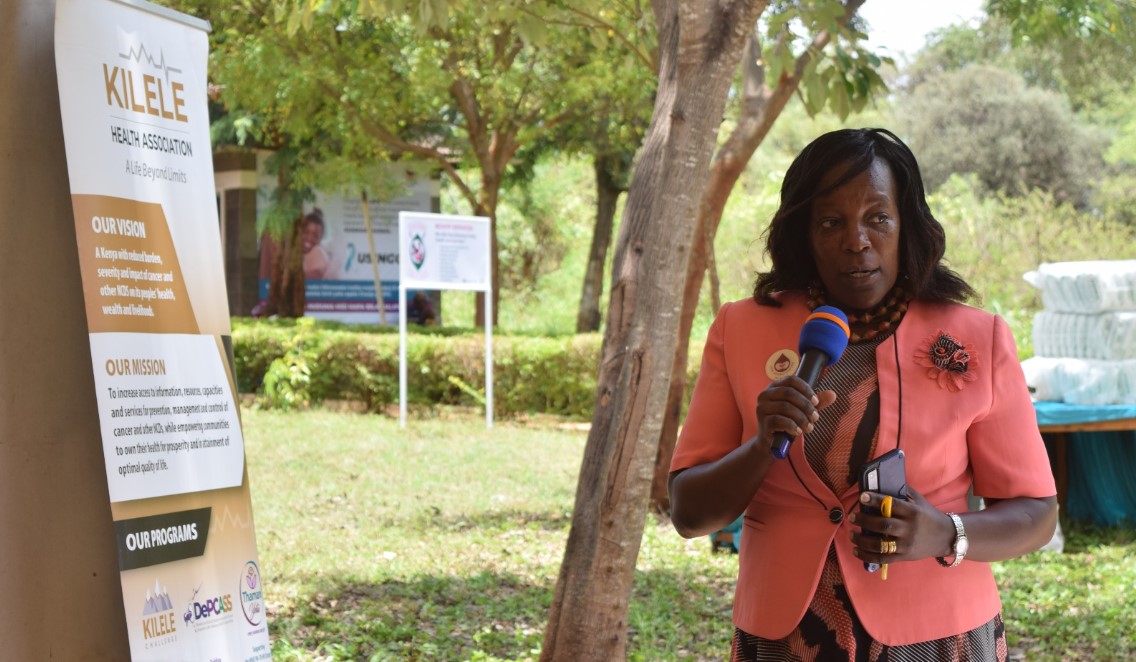 Rita Njiru, a maternal health specialist and project officer at KILELE Health Association. She advocates for raising awareness about HPV. (Photo: Charity Kilei)
Rita Njiru, a maternal health specialist and project officer at KILELE Health Association. She advocates for raising awareness about HPV. (Photo: Charity Kilei)
Rita Njiru, a maternal health specialist and project officer at KILELE Health Association, is a strong advocate for raising awareness about HPV and protecting mothers and children from cervical cancer.
"We've been vaccinating girls aged 9-14, which is crucial before they begin engaging in sexual activities," "HPV vaccine is known for its effectiveness in preventing cervical cancer," she explains.
Njiru recalls that when the vaccination programme started in 2021, there was significant resistance from both the religious leaders and the community. However, once people saw that there were no side effects, they began to accept the vaccine and allowed their children to get vaccinated. This shift was particularly noticeable during the programme’s execution in Embu and Isiolo counties.
"We've been working closely with schools, where the school administration seeks parental consent. Once parents give their approval, the children are vaccinated."
Njiru says that very few parents bring their children to hospitals for vaccinations, but when the same is done in schools, the majority give their consent.
Insufficient resources
"Vaccination for HPV is intended for both boys and girls before they become sexually active, but a major challenge is the lack of sufficient resources. That's why we are prioritising vaccinating girls."
She notes that if they had more resources, they would also vaccinate boys, as they are the carriers of the virus. However, for now, the focus is on girls because they are the primary recipients of the virus.
"Girls typically contract the virus within five to 10 years of exposure, though not everyone will develop cancer. If their immune system is strong, the virus may clear on its own. But if the immune system is weakened, it can make it easier for the virus to cause cancer."
Njiru says that without proper education, scepticism can persist. However, with clear counselling and setting realistic expectations, patients tend to become more open to the procedure.
“Our focus on HPV education has led to greater acceptance and consent for the vaccine," she says
HPV risks
HPV is a common virus that can cause serious health issues, including cervical cancer (especially high-risk strains like HPV-16 and HPV-18), genital warts (caused by low-risk strains like HPV-6 and HPV-11), and other cancers of the vulva, vagina, penis, anus, and throat. It is primarily transmitted through sexual contact. People with weakened immune systems are at higher risk of complications.
The HPV vaccine is the most effective preventive measure. It is recommended for both girls and boys, ideally before they become sexually active (ages nine-14).
For women, pap smears and HPV tests can detect early signs of cervical cancer, allowing for timely treatment.
There is no cure for HPV itself, but treatments are available for the conditions it causes.
If HPV leads to cervical cancer, treatments include surgery, chemotherapy, and radiation, depending on the cancer stage.
Cervical cancer is the fourth most common cancer among women worldwide and the second most common in Kenya, after breast cancer. Despite this, it is the leading cause of cancer-related deaths in the country, with approximately 5,200 fatalities annually, or about nine deaths per day.
Leading cause of death
The Ministry of Health reports that cancer is the leading cause of death in Kenya, accounting for seven per cent of all deaths. However, screening uptake remains low, with only 16-18 per cent of eligible women aged 25-49 having ever been screened for cervical cancer, even though 75 per cent are aware of the need for screening.
According to research published in the National Library of Medicine, HPV vaccination coverage in Kenya has been suboptimal since the national introduction of the programme.
In 2020, only 33 per cent of eligible adolescent girls and young women received the first dose, improving to 77 per cent in 2021. However, only 31 per cent completed the full two-dose regimen by the end of that year.
Several factors have contributed to these low vaccination rates:
To improve HPV vaccination coverage, Kenya needs a more comprehensive approach involving enhanced education and awareness campaigns at the community level, strengthening healthcare providers' confidence and training to better advocate for the vaccine.
There is also a need to improve vaccine delivery logistics to reach all eligible girls.
Addressing these challenges will be crucial to increasing HPV vaccine uptake and reducing the burden of cervical cancer in Kenya.
According to the World Health Organisation, 30-50 per cent of cancers can be prevented through early detection, which can reduce their impact.
In 2022, around 660,000 new cases of cervical cancer were reported globally, and 94 per cent of the 350,000 deaths from cervical cancer occurred in low- and middle-income countries.
Sub-Saharan Africa, Central America, and Southeast Asia have the highest rates of incidence and mortality due to inequalities in access to vaccination, screening, and treatment services, as well as risk factors like HIV, poverty, and gender bias. Additionally, cervical cancer disproportionately affects younger women, with 20 per cent of children who lose their mothers to cancer losing them to cervical cancer.
Top Stories Today
